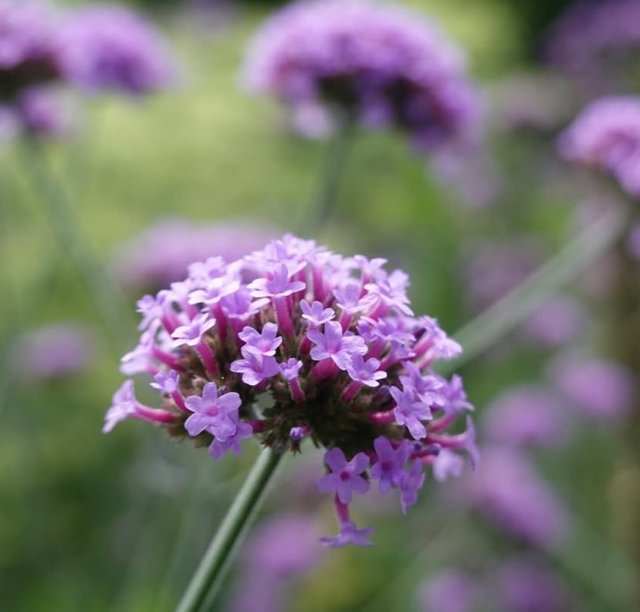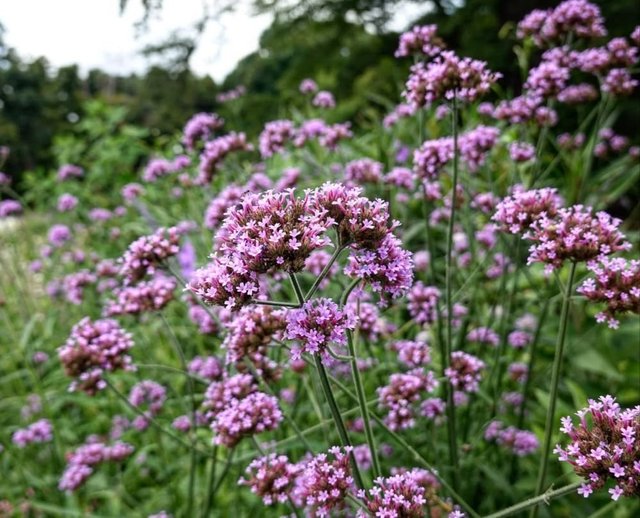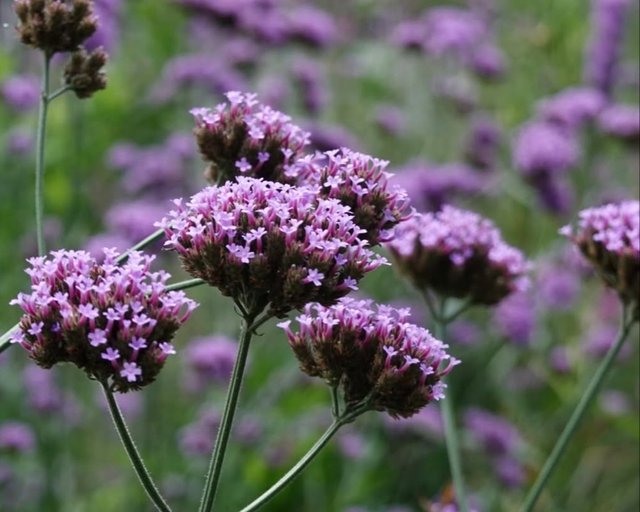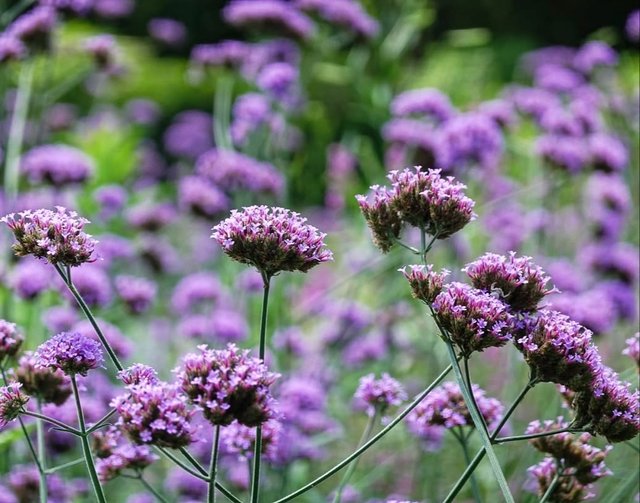Purpletop Vervain Flower So Amazing
Purpletop Vervain: A Graceful Garden Marvel
Purpletop vervain, scientifically known as Verbena bonariensis, is a tall, slender-stemmed perennial wildflower prized for its airy elegance, clusters of violet-purple blooms, and ability to attract pollinators in abundance. Native to South America—particularly Argentina, Brazil, and Uruguay—this plant has gained popularity in ornamental gardens across the world for its architectural form and ecological value. Sometimes referred to as “tall verbena,” “Argentinian vervain,” or “Brazilian verbena,” it plays a dual role: beautifying gardens and supporting biodiversity.
Botanical Profile
Scientific Name: Verbena bonariensis
Family: Verbenaceae
Common Names: Purpletop vervain, tall verbena, Argentinian vervain, Brazilian verbena
Type: Herbaceous perennial
Native Range: South America
Height: Typically 3 to 6 feet
Spread: 1 to 3 feet
Flowering Season: Late spring to first frost
USDA Hardiness Zones: 7 to 11
Description and Growth Habit
Purpletop vervain is known for its distinctive upright form. It grows from a basal rosette of narrow, lance-shaped leaves. From this low foliage base, long, wiry stems rise with minimal branching until the tips, where small clusters of lilac to violet-purple flowers emerge. These blooms appear in flattened, rounded heads and persist for months, giving gardens an ethereal, floating quality.
Despite its height, the plant rarely needs staking due to its wiry yet strong stems. The open form of Purpletop vervain allows it to intermingle easily with other garden plants without crowding them, making it ideal for naturalistic and prairie-style plantings.
Growing Conditions
Purpletop vervain is both beautiful and forgiving. It thrives in:
Sunlight: Full sun is essential for strong growth and prolific flowering.
Soil: Well-drained soils of average fertility. It tolerates poor or sandy soils.
Water: Drought-tolerant once established but performs best with moderate watering.
Climate: While perennial in warmer zones, it is often treated as an annual in colder areas. However, it freely self-seeds, ensuring a continuous presence year after year in many gardens.
Ecological and Wildlife Benefits
One of Purpletop vervain’s greatest virtues is its strong appeal to pollinators. The long flowering period makes it a vital nectar source for:Bees: Including honeybees and native species
Butterflies: Particularly swallowtails and monarchs Hummingbirds: Which are drawn to its vibrant color and nectar
In addition to supporting pollinators, the seeds provide occasional nourishment to small birds. The plant’s open structure also offers resting spots for insects and small creatures.




%20(8).jpeg)